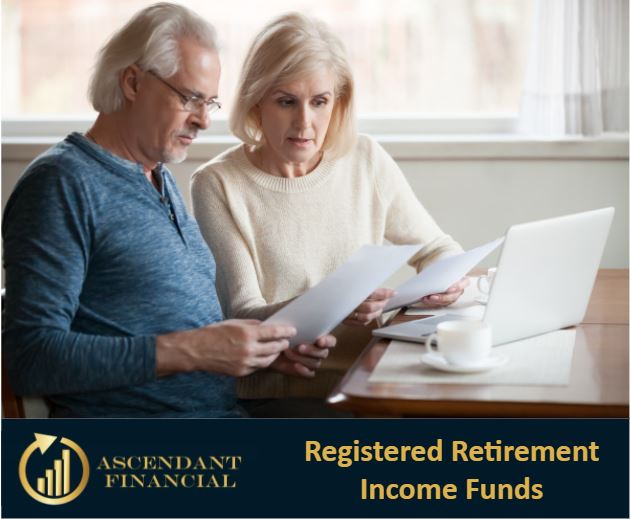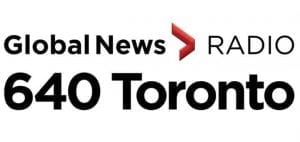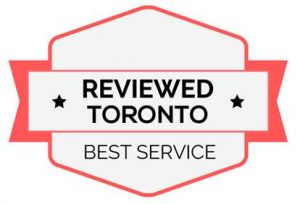Canadians often have many different investment options to choose from, but one of the essential pieces of the puzzle for many families is the Registered Retirement Income Fund(RRIF).
An RRIF is when you convert your RRSP into an income-producing tool. These accounts allow you to withdraw money from them every month or year. The Canadian government requires that you convert the RRSPs you have into an RRIF by your 72nd birthday. It must happen in the year you are 71 years at age (but if it can also happen sooner). They have been patiently waiting for their much-needed tax dollars that have been deferred in the RRSP program.
Do RRSP give you a tax break? The answer is yes short term but no long term. An RRSP delays when taxes will be payable. The tax has always been there, and in your later years, it is time to pay the piper. For many Canadian families, this may mean they pay more in taxes as tax rates rise and reduce other government benefits they could have qualified for due to their taxable income from RRIF accounts. A RRIF is the opposite of the RRPS where you put money in. The RRIF is where you take money out and pay the taxes that have been building up over your lifespan.

An RRIF is the next phase of the Registered Retirement Savings Plan ( RRSP). There are some things that Canadians should know about RRIFs. Here are five of them.
1. A minimum withdrawal amount called a prescribed withdrawal must be taken out of a RRIF every year. This is to make sure the government gets some of its tax dollars paid. This amount increases as you age.
2. You can take more than the minimum amount. Be very aware. There will be “withholding tax” paid as soon as you withdraw money. This tax is effectively a pre-payment of the total tax you will owe at the end of the calendar year. Every dollar that exits the RRSP or a RRIF is considered taxable income in that year.
3. Your age determines the withdrawal minimum.
4. The rules can change as governments change. Tax liabilities and tax rules often shift with each governing administration, and they can modify things at any time with a government program like the RRSP or the RRIF. You have no control over these changes.
5. You can choose a beneficiary for your RRIF. This is the same as with the RRSP. If this is a spouse, then a one-time rollover applies and the RRIF does not need to be closed out. Instead, it becomes a RRIF in the spouse's name and follows the same rules until the spouse dies. If there is no spouse, the money must become part of the estate and is then fully taxable in the year of death, adding to the total income line of the deceased person. Often, this becomes one of the enormous tax bills and a large surprise to the heirs who end up with much less estate value than expected.
Are you worried about what will happen to your RRIF after your death? Well, you'll be glad to know that you can choose a beneficiary. It's essential to choose someone you trust enough to ensure the money is spent wisely, not squandered on vices or frittered away by poor judgement.
Contact Ascendant Financial today for any questions or concerns regarding your Registered Retirement Income Fund options.








©2023 Ascendant Financial All Rights Reserved | Terms & Privacy Policy | DMCA
© 2023 Ascendant Financial Inc. All rights reserved.
The supporting material, audio and video recordings and all information related to Introduction to Becoming Your Own Banker, The Infinite Banking Concept (IBC) posted on www.ascendantfinancial.ca and all other Ascendant Financial Inc. websites are designed to educate and provide general information regarding The Infinite Banking Concept (IBC) and all other subject matter covered. It is marketed and distributed with the understanding that the authors and the publishers are not engaged in rendering legal, financial, or other professional advice. It is also understood that laws and practices may vary from province to province and are subject to change. All illustrations provided in these materials are for educational purposes only and individual results will vary. Each illustration provided is unique to that individual and your personal results may vary. Because each factual situation is different, specific advice should be tailored to each individual’s particular circumstances. For this reason, the reader is advised to consult with qualified licensed professionals of their choosing, regarding that individual’s specific situation.
The authors have taken reasonable precautions in the preparation of all materials and believe the facts presented are accurate as of the date it was written. However, neither the author nor the publishers assume any responsibility for any errors or omissions. The authors and publisher specifically disclaim any liability resulting from the use or application of the information contained in all materials, and the information is neither intended nor should be relied upon as legal, financial or any other advice related to individual situations.
Family Banking System (FBS)™ is a trademark of Ascendant Financial Inc. © Ascendant Financial Inc., 2024. All rights reserved. The phrase “Live the Lifestyle, Love the Process, Infinite Banking” is a registered copyright (Registration No. 1209863) with the Canadian Intellectual Property Office. Unauthorized use, reproduction, distribution, or copying of this phrase, in whole or in part, without express written permission from Ascendant Financial Inc. is strictly prohibited. This copyright is protected under Canadian intellectual property laws and regulations. Any unauthorized use is subject to legal action and enforcement under Canadian law. For inquiries or requests for permission to use this copyright, please contact Ascendant Financial Inc.
The Infinite Banking Concept® is a registered trademark of Infinite Banking Concepts, LLC. Ascendant Financial is independent of and is not affiliated with, sponsored by, or endorsed by Infinite Banking Concepts, LLC.”
This content is intended for Canadian residents of BC, AB, SK, MB, ON, NB, and NS only.